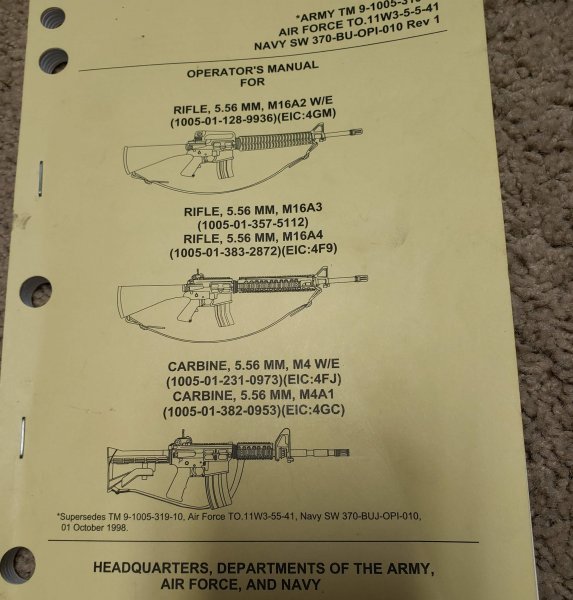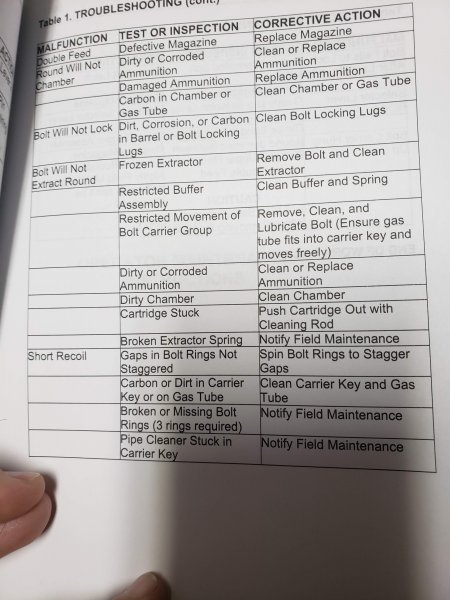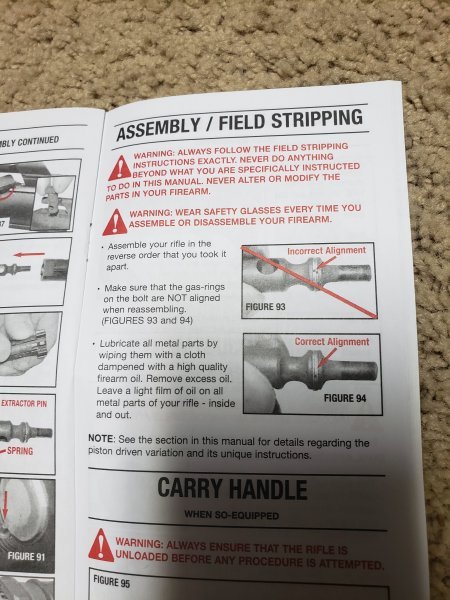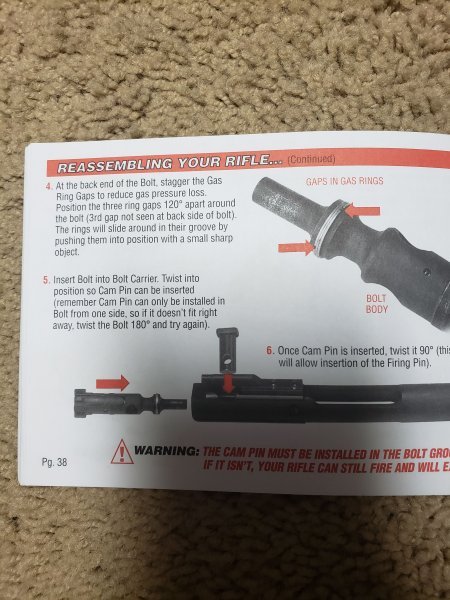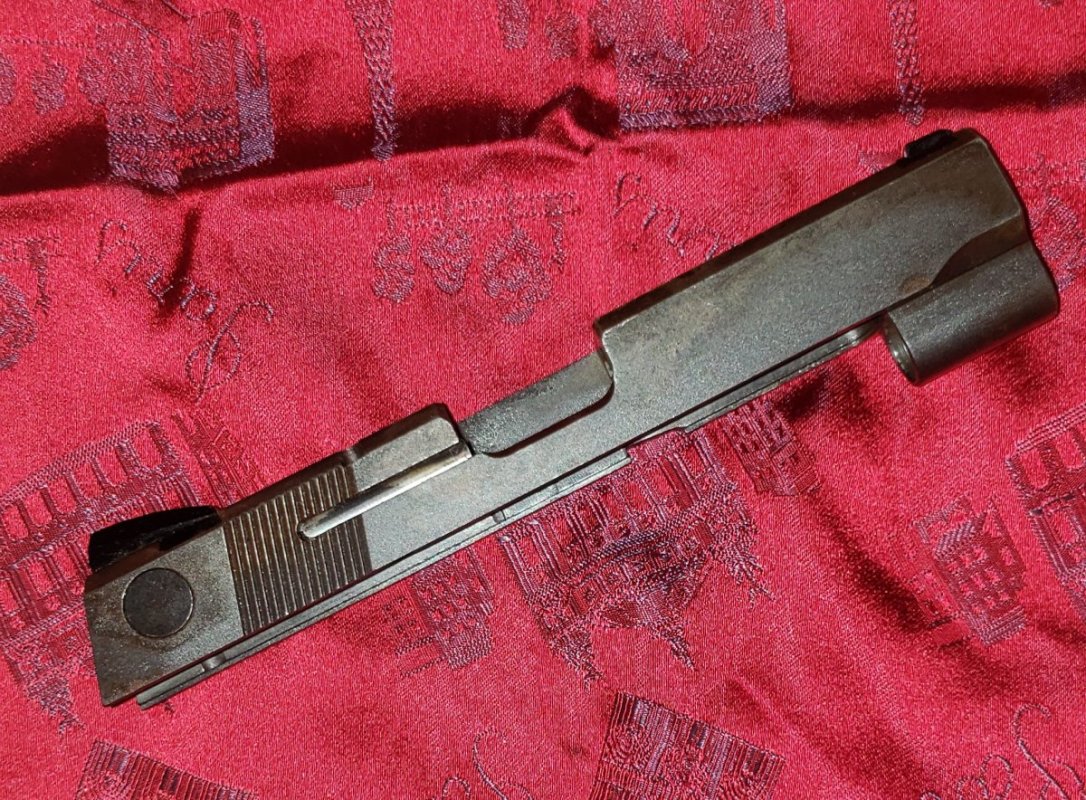Just as a diagnostic aid, I’ve often used my phone’s slow motion video to get a better idea of exactly what’s happening. It’s been really helpful to see if the rifle is short stroking, or in one case the ejection port / pattern was too small / buggered up.
Take a slo motion movie and scroll through frame by frame.
It’s helped me multiple times. And kept me from changing multiple parts.
Do let us know whatever you find.
Take a slo motion movie and scroll through frame by frame.
It’s helped me multiple times. And kept me from changing multiple parts.
Do let us know whatever you find.







